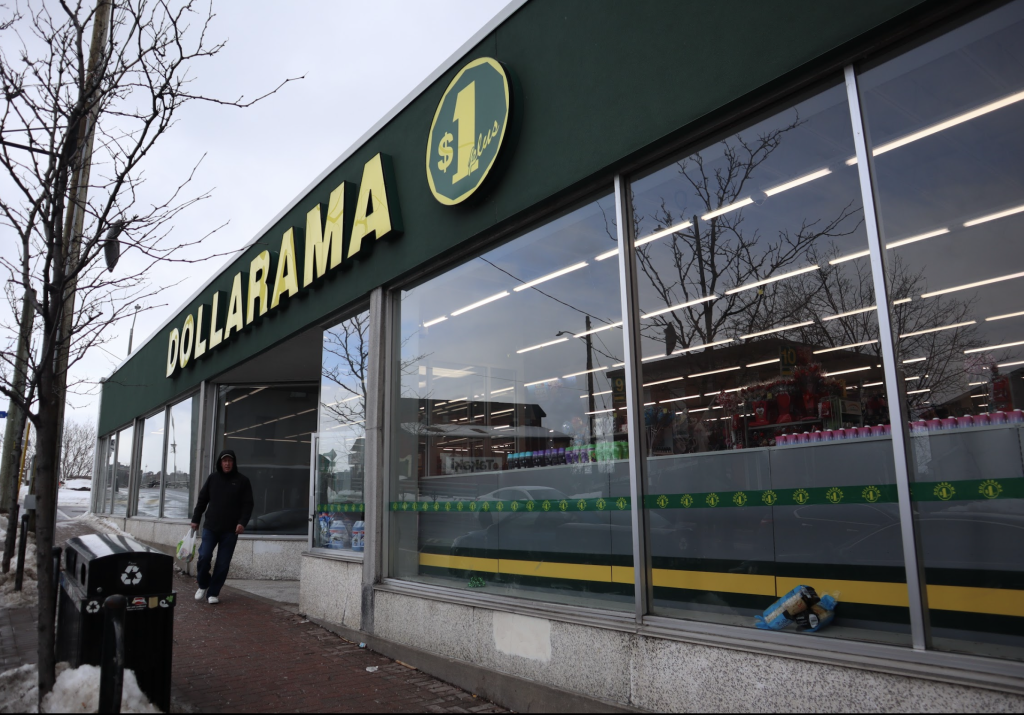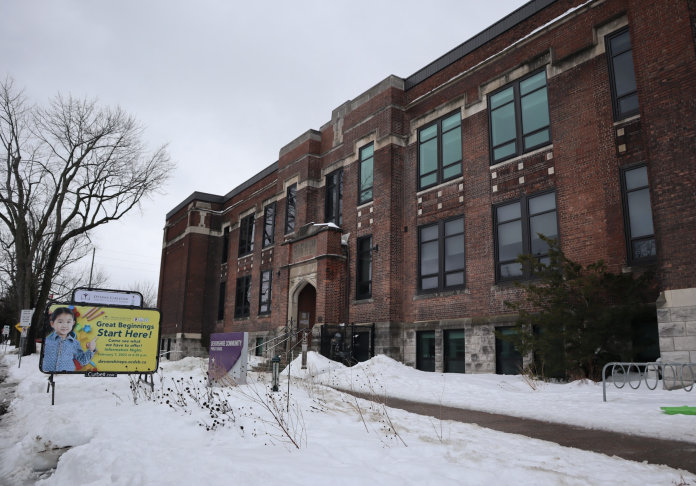Submitted by Cassie Smith and Chris Hircock
It’s a common scene at Devonshire Community Public School: Hundreds of students arriving each day by foot, bike, scooter, skateboard, stroller, or even by sled in the winter.
It’s part of Devonshire’s longstanding culture of active transportation for kids and their families. Now big changes are taking place on Breezehill Avenue North which means the school and the City have choices to make.
A 271-unit residential complex with 244 parking spaces is being built at the corner of Breezehill and Somerset Street West. In the coming years, the nearby Dollarama will be torn down to make way for another housing development.
A street renewal is in the plans for Breezehill, including the addition of traffic lights at Somerset. The new design will determine how the street is used for future generations.
Many studies have shown that wide roads mean speed and increased traffic. Conversely, wider sidewalks and narrow roadways slow drivers down. We see this as an opportunity for the city to design the street as a place for a healthy and vibrant community, and at its heart making it a safe and enjoyable place for kids to get to Devonshire Public School.

A recent study by Green Communities Canada and Ontario Active School Travel found less than two-thirds of Canadian children match their recommended daily physical activity guidelines.
Right now Breezehill sidewalks are too narrow for the steady stream of people using this route — especially with winter snow banks. People often walk on the road, even with strollers, just to get through.
Ottawa’s new official plan aims to develop walkable, 15-minute neighborhoods, which would mean reallocating street space for those on foot, and slowing cars and trucks through road design.
Rather than mitigating the risk of traffic at the expense of hiring more crossing guards, we are proposing a new approach to school zone safety: Make a portion of Breezehill Avenue North car-free during school pick-up and drop-off hours.
This concept, called a “School Street,” has been adopted in Kingston, Hamilton, Mississauga, Markham, and Vancouver. It temporarily closes off a street with barricades for specific periods of time.
Another concept is making the street more pedestrian and cycle-friendly through “Woonerf,” a Dutch-style street, called in English a “Living Street,” which uses physical design to slow drivers down. It also means more space for trees, greenery, or even an extension of the school’s play and learning areas.
In summary, it is important we make our community streets places that are safe for kids to move independently and actively. It sends a message to our kids that their trip is a valuable one.
The goals are simple: To create a safe environment for kids to safely walk and cycle to school; reduce locally generated congestion and improve air quality; and create a community connection.
(Cassie Smith is a parent of a Devonshire Public School student. Chris Hircock is founder of School Streets Ottawa, which pushes for active school travel.)

